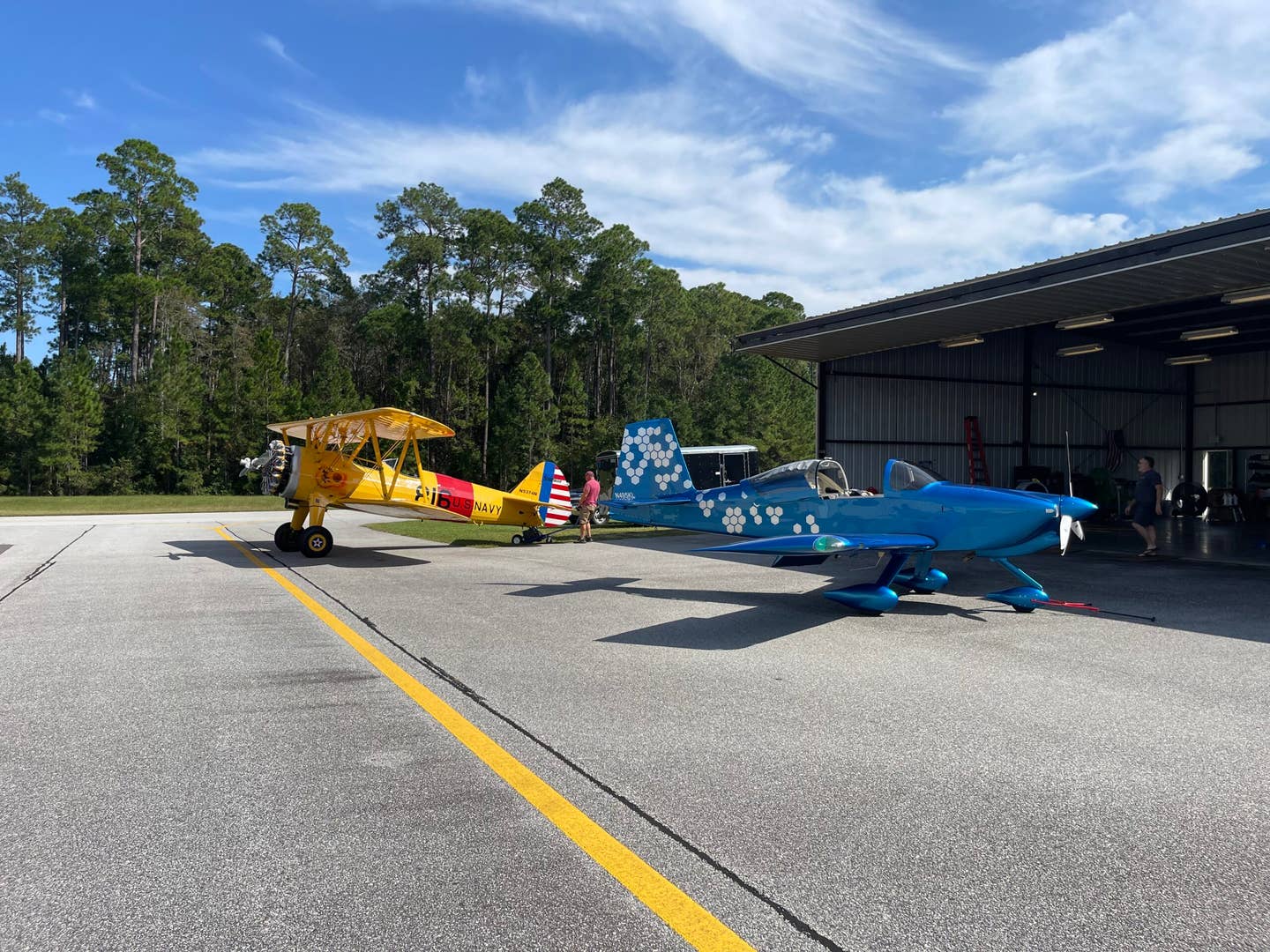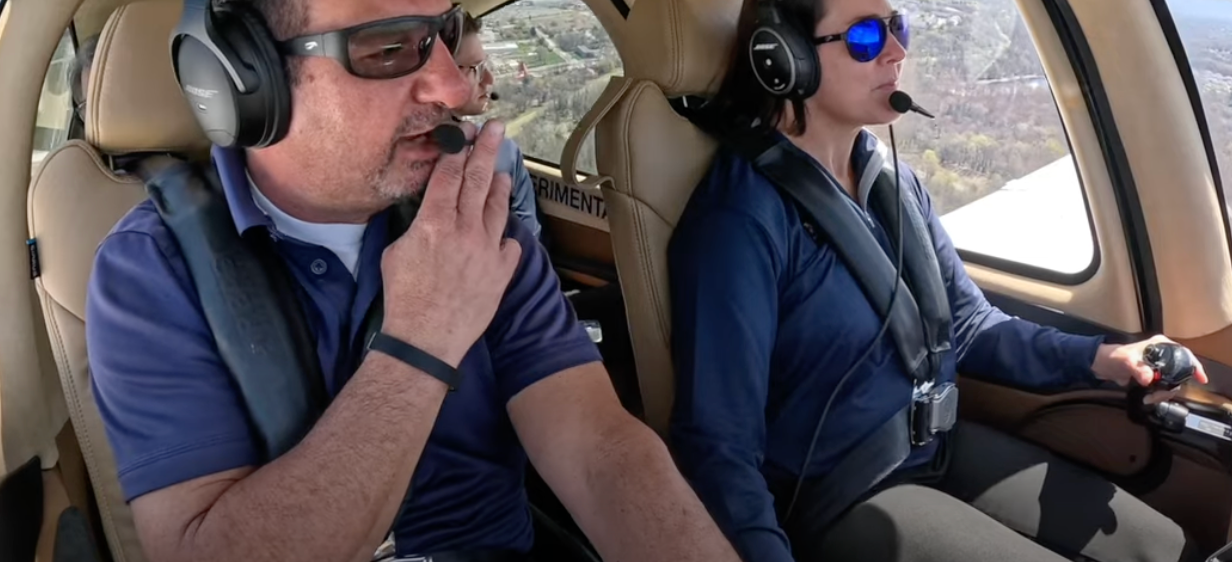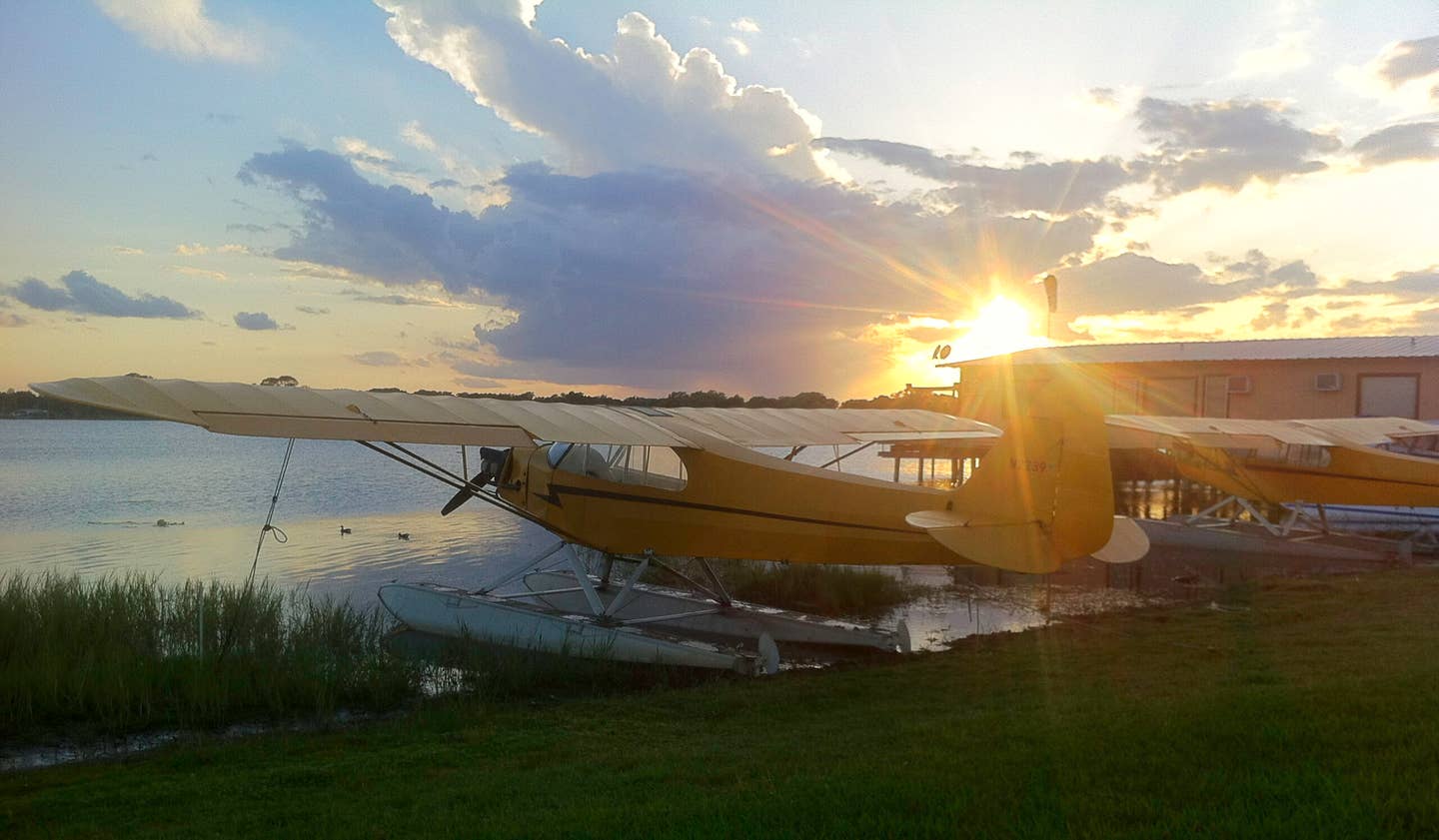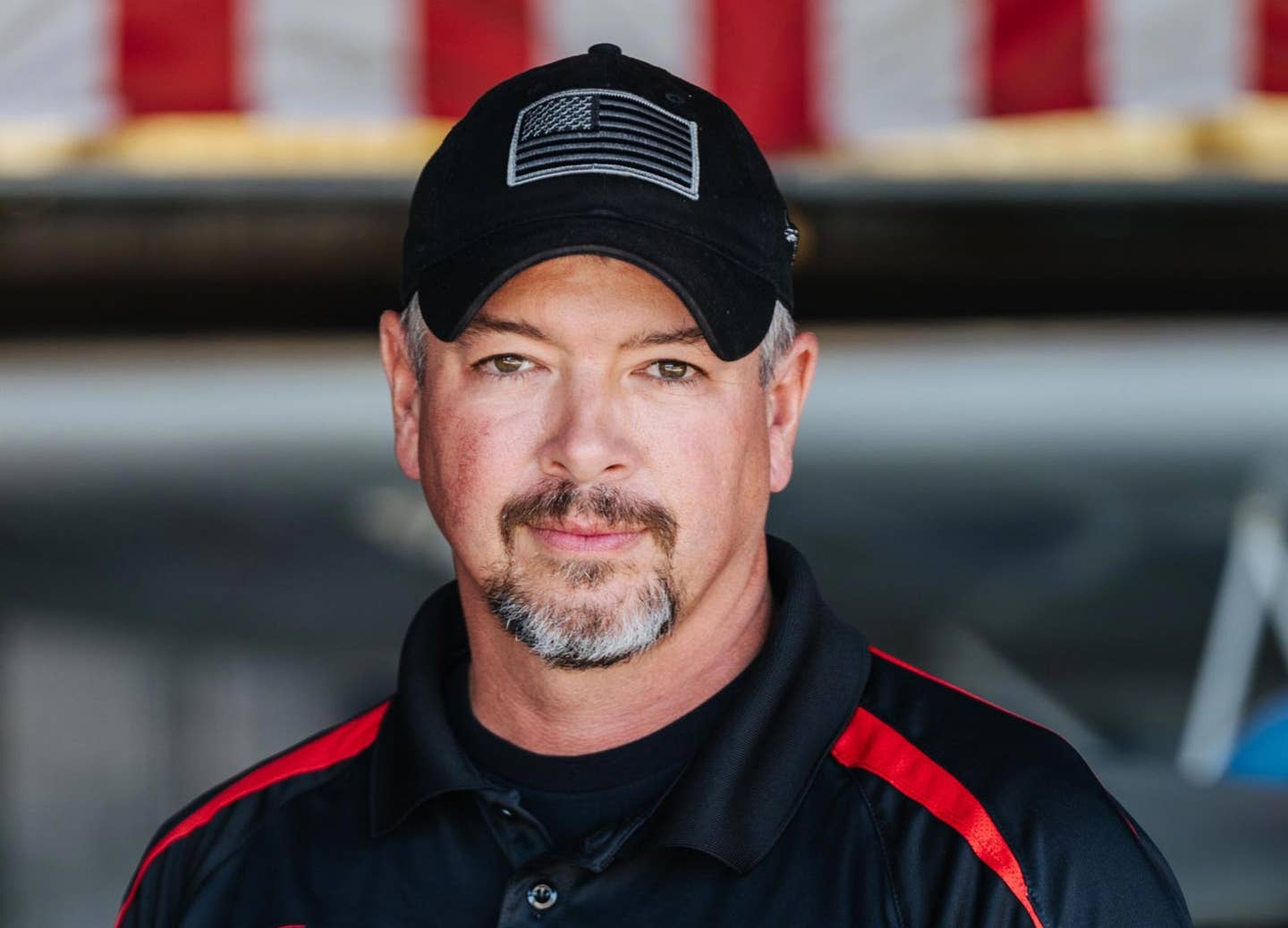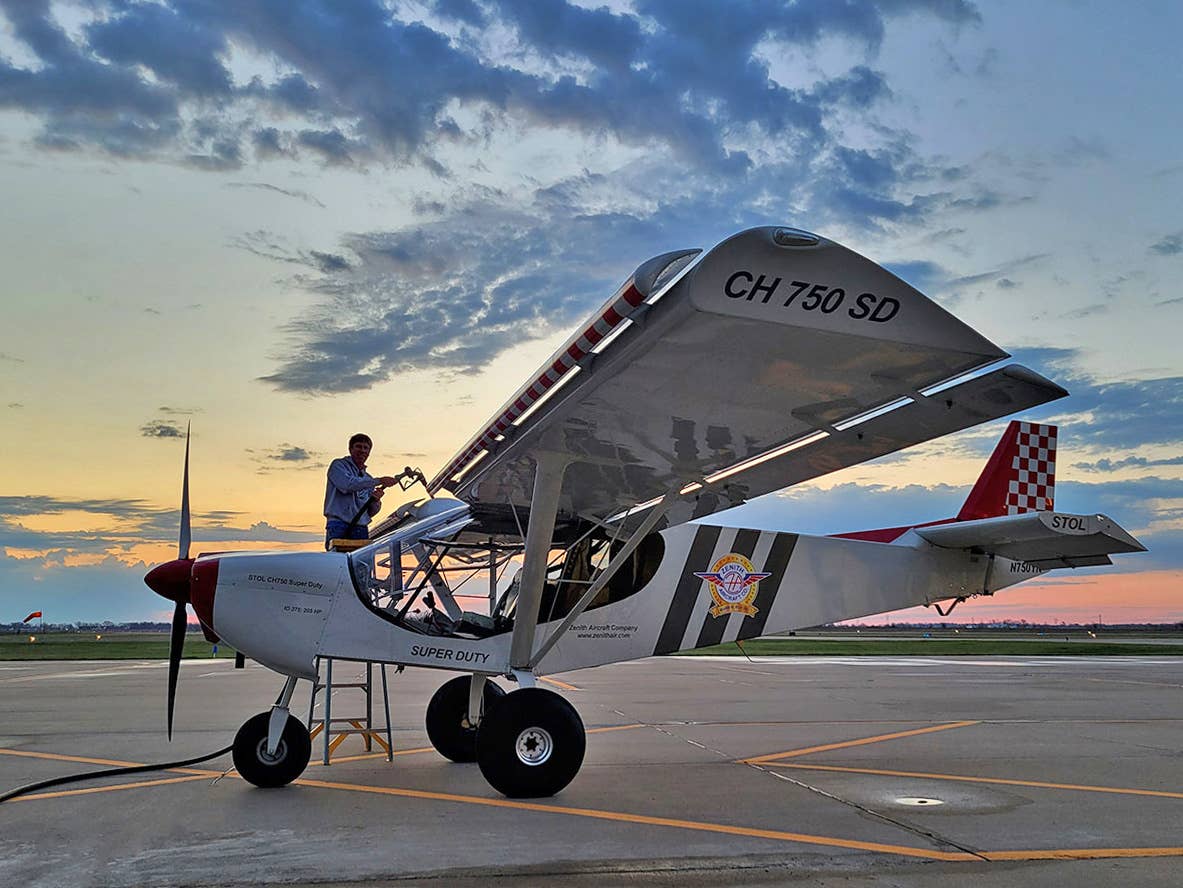AVweb Rewind: Why Aircraft Engines Quit
Aircraft engines, for obvious reasons, are supposed to be reliable, but having one tank is a recurring nightmare for many pilots. How often does it happen? Often enough, but as…
Aircraft engines, for obvious reasons, are supposed to be reliable, but having one tank is a recurring nightmare for many pilots. How often does it happen? Often enough, but as AVweb's Paul Bertorelli reveals in this video, the risk is not really as high as many of us imagine and more than half of engine failures are caused by pilot or mechanic mistakes. In this AVweb rewind, we take a look at a video examining the topic published last year.
Paul BertorelliEditor
Related Stories

